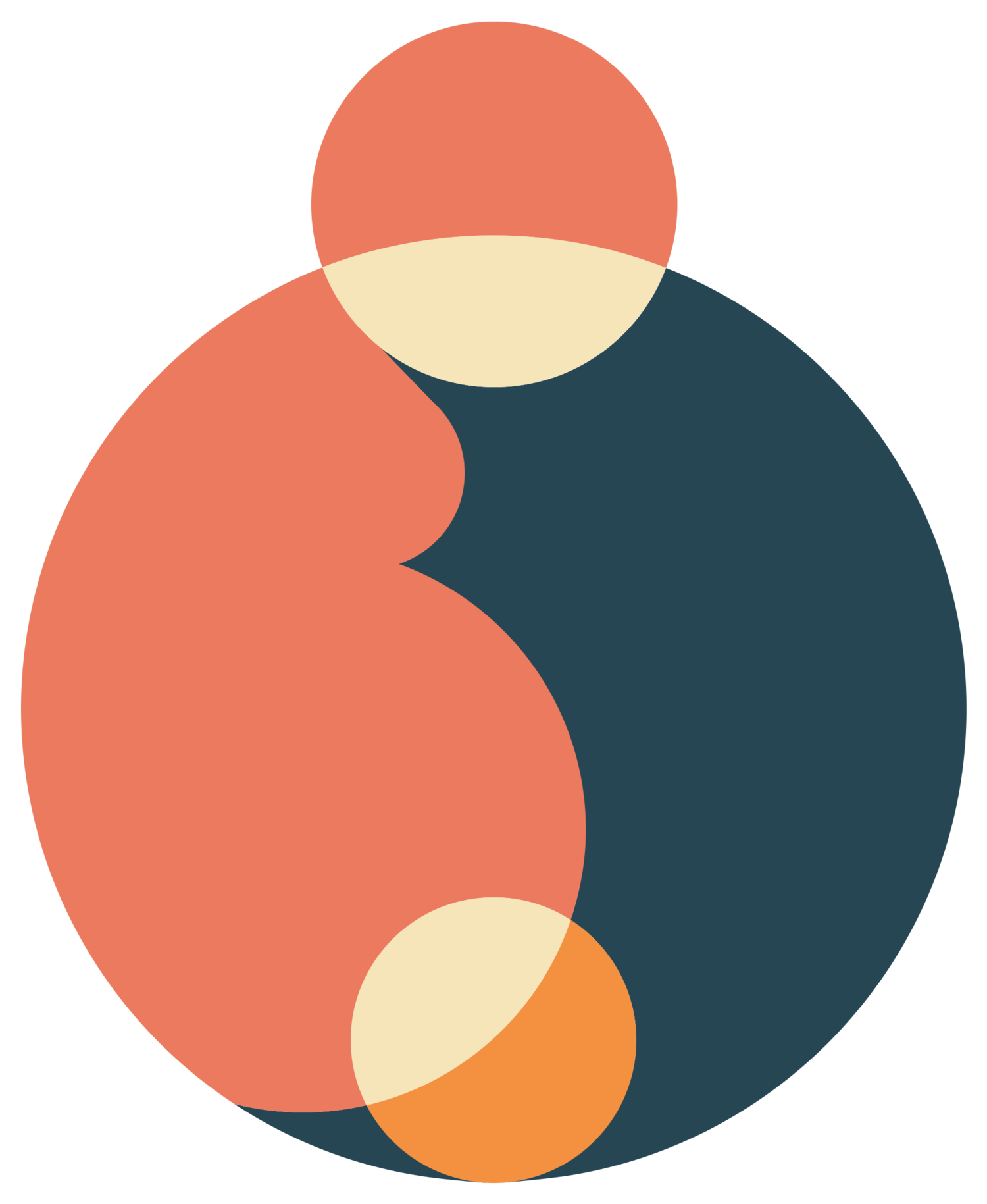What's Spinning Babies®?
Why an L&D nurse started teaching better birth positions
Written by Katie Robinson, BSN, RN, ICCE, SpBCPE
I worked on the labor and delivery unit for 6+ years ending in 2019. In that time it seemed there were so many women that had long and difficult labors. The majority of the labors I was a part of included medical intervention in some way at some point - breaking water, starting pitocin, IV fluids, internal monitoring, etc.
And honestly, I was indifferent to it. It was all I knew. When a woman birthed with little intervention, I thought of that as the exception to the norm.
Fast forward to 2019 when I had moved to Idaho and started working at a large and bustling labor and delivery department. I had a patient that had been pushing for a couple of hours, was epiduralized and was becoming more discouraged with each push.
My method for coaching birthing people at this time was one akin to throwing spaghetti at a wall and seeing what would stick.
I would start them on their back, their knees bent and on the legs of a squat bar. I would wrap a sheet on the top of the squat bar and have them pull the sheet while they pushed downward. I liked this position to start because it allowed me to make good eye contact with them and see if they were pushing effectively. Every 15-30 minutes I would help them to change positions; left side holding one knee to their chest, right side and squatting or hands knees if their epidural wasn't too dense.
I didn't have a set strategy. I rotated through. If one position seemed to be more effective than another then we might stay there longer. I would put a cool washcloth on her neck or forehead, get partners involved, hold a warm compress to her perineum in between pushes, remind her to slow her breathing, rest in between pushes.
Sometimes baby would come flying out after a particular position. Sometimes it was a long and hard journey.
For this particular patient it was the latter. I had stepped out to the nurse's station to grab something. I was chatting with another nurse, we'll call her Becca, and explaining that my patient was really struggling, baby wasn't descending and her mental strength was dwindling. She asked what positions we had tried and she offered to come in and give us a hand. Becca had been a doula prior to becoming an RN. She had also done some training in Spinning Babies®. She recommended the patient push on her side with her legs together and knees bent.
I was shook. "But... how is the baby going to have room to come out if her legs are together?"
She said to trust her, we had tried everything else, might as well try this too.
So, we did. And... I quickly had to call the doctor for delivery.
After catching up on charting and getting the patient settled into her postpartum room, I went to find Becca. I needed to process all that had happened. Becca explained to me that the outlet of the pelvis increased with the knees together. She said she had learned this plus a lot more from Spinning Babies®. I still was having a hard time visualizing this fact.
Spinning Babies®
When I got home I started poking around on Spinning Babies® website. I needed to know more.
Fast forward another two years. I was now working at an OBGYN office as a triage nurse. In this role I had begun teaching childbirth classes and become a certified childbirth educator. But, Spinning Babies® was still on my radar. I often referred patients to check out their content and classes if they were complaining of a lot of pregnancy discomforts or if they were worried about the baby's position. I would send them links with Spinning Babies® positions and if baby was breech, Spinning Babies® "Helping Your Breech Baby Turn" eBook.
Eventually, after a lot more poking around and research, I decided I would pursue getting certified to teach Spinning Babies® Parent Classes. I wanted to understand more of why certain labors were "easy" and others were "hard". The shade has been lifted and now I feel that the information is invaluable to parents.
Understanding that the parent and baby work together in labor and birth is crucial. The baby has to rotate and descend. They are not a passive participant in the process. But, we can help them in this process by making more room available. This can look like doing Daily Essentials in pregnancy which will help to balance the soft tissues; ensuring the muscles are supportive and not too tight or twisted or loose. Also, knowing where the baby is in relationship to the pelvis and the womb and understanding which Spinning Babies® positions will create more room for where they need to descend next.
Light bulb! In the patient I discussed earlier, the baby was low in the pelvis therefore, knees together and internal rotation created more space in the outlet of the pelvis!
See this video depicting this.
As of right now, I am the only Spinning Babies® Parent Educator in Idaho. Spinning Babies® can be beneficial for EVERY pregnant person.
Everyone wants more comfort in pregnancy and ease in labor! Want a sneak peek? Check out these Spinning Babies® free downloads. https://www.spinningbabies.com/pregnancy-birth/pregnancy-week-by-week/
I have a group class coming up on April 6th, 2023 6pm-9pm at Treasure Valley Midwives. I want to help you feel empowered and prepared for birth.
Sign up with this link: https://forms.gle/EvzZRYyWFrF3zfRk7



